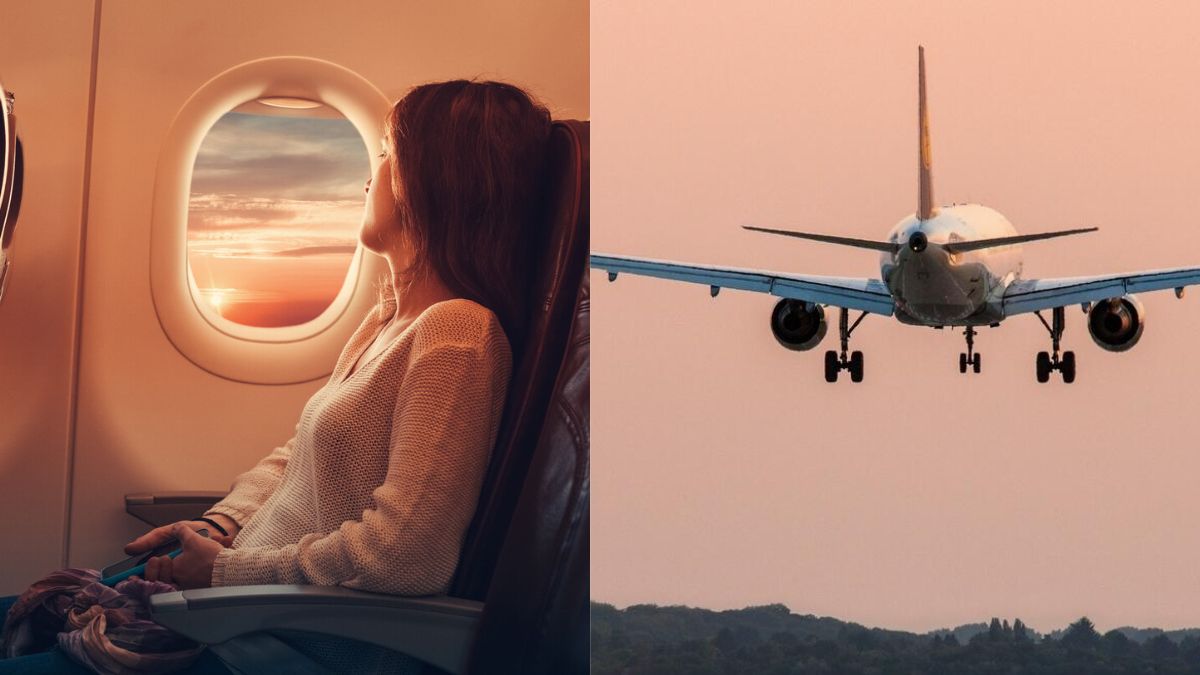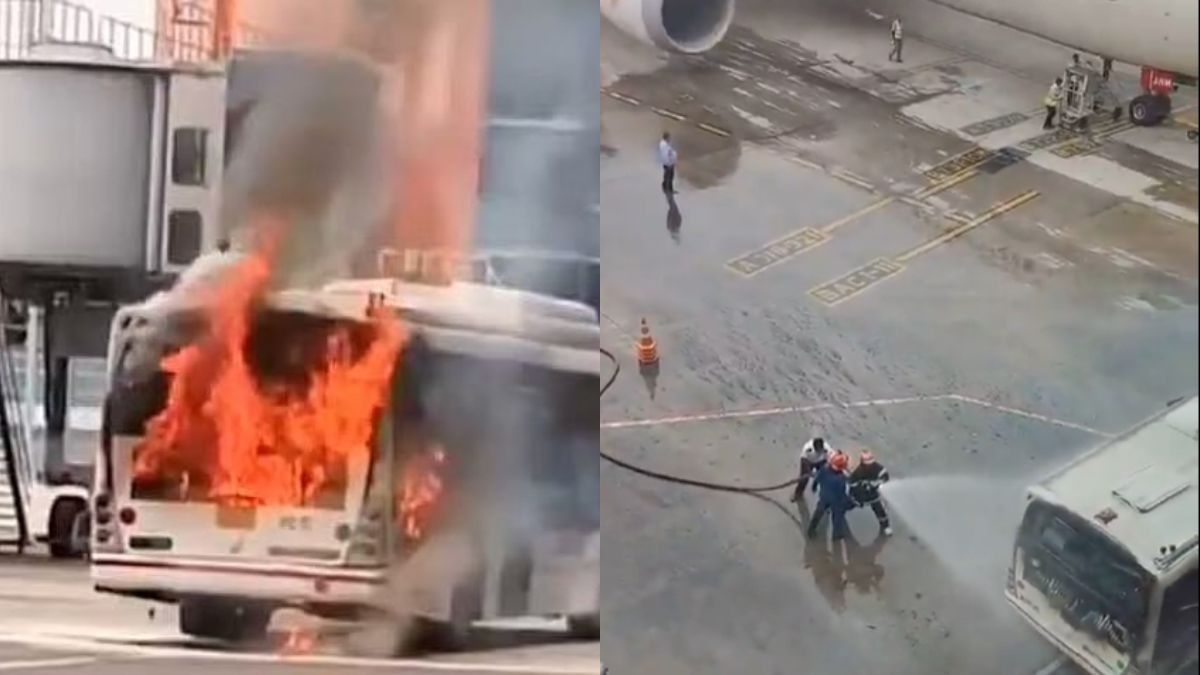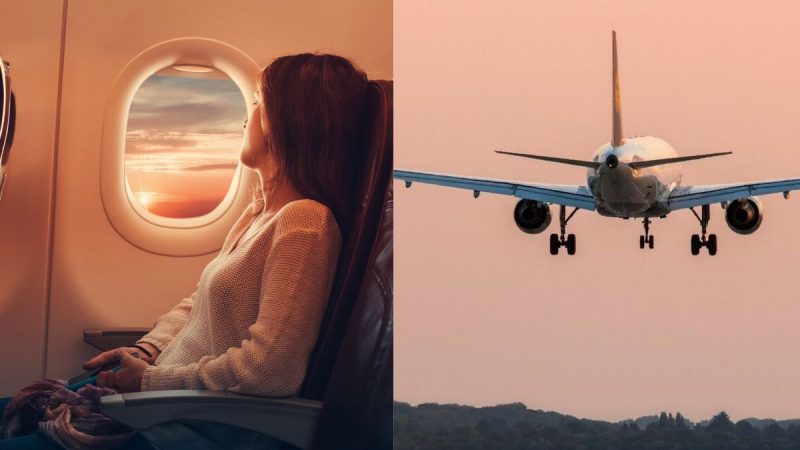If you’ve ever been on a flight, you’ve probably noticed the cabin lights being dimmed during takeoff and landing. This practice is a safety measure, and it serves an important purpose beyond creating a calm atmosphere. The dimming of lights helps passengers adjust to low light conditions, which is crucial in case of an emergency.
How Dimming Lights On Flight Impact Your Safety
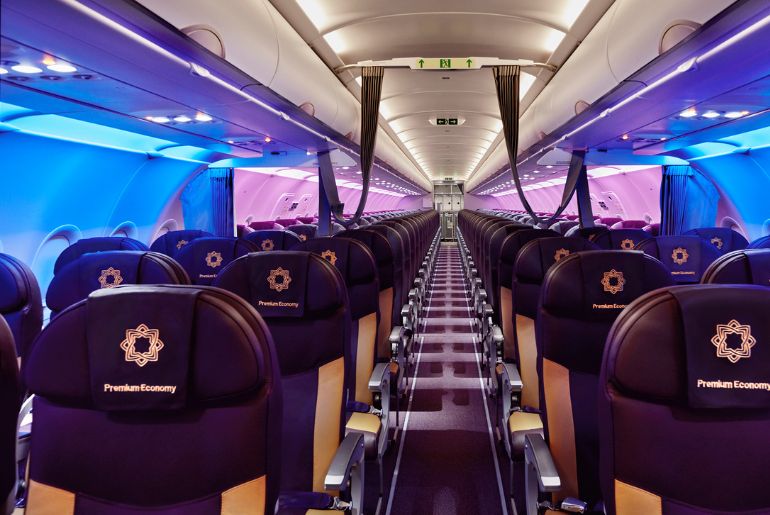
The main reason airlines dim the cabin lights at takeoff and landing is to assist passengers’ eyes in acclimating to darker surroundings. When the lights are dimmed, your eyes slowly become more sensitive to low light levels. This adaptation is crucial in a time of crisis, as it becomes easier to read emergency exit signs and other important visual indicators in low-light environments.
In the case of an emergency, having adapted to the reduced light levels can accelerate evacuation times. If the cabin were to make an unexpected evacuation, passengers would be able to see the way out, making for a safer and faster evacuation. This small change in illumination is very important in helping passengers be ready for unexpected situations.
Although one of the most obvious safety practices is dimming the lights, there are a number of other procedures that are not necessarily known to passengers during takeoff and landing. These procedures are meant to contribute to the safety of all on board.
One such practice is the elevation of window blinds. Passengers usually are requested to raise their window blinds, thereby enabling the passengers and crew members to view the outside environment.
In an emergency, being able to observe the outside environment is important to identify any potential hazards, such as fire or debris, that may affect evacuation.
Also Read: Kolkata May Get Direct Flights To These European Cities
Are Aviation Rules Needed to Dim Lights?
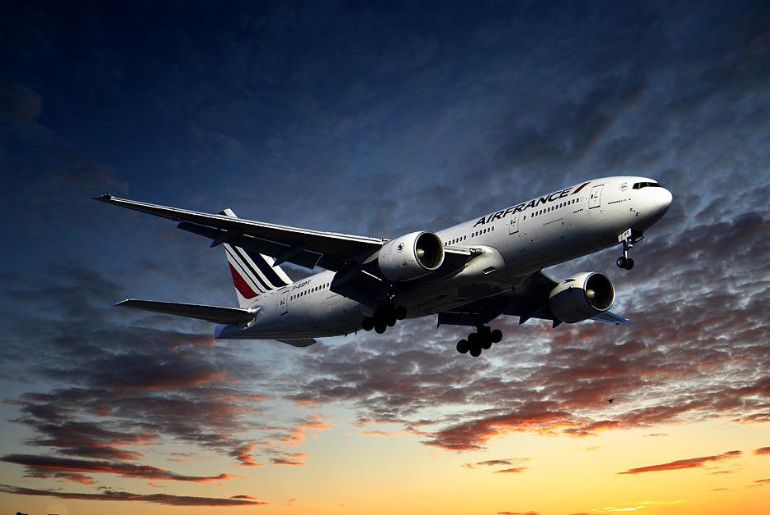
Though there are no global regulations to require the dimming of cabin lights, it is considered a best practice among airlines worldwide. National authorities, like the FAA (Federal Aviation Administration) and EASA (European Union Aviation Safety Agency), give guidelines which direct airlines to adopt safety standards, but reducing lights is less of a safety directive and more of a recommended safety measure.
These safety practices are embraced by the airlines using industry recommendations and a dedication to the safety of passengers. Reducing light during takeoff and landing is just one of a number of practices that make air travel safer for all onboard.
In addition to other significant practices like raising window shades and latching personal belongings, these procedures act together to improve the safety of crew members and passengers during emergency situations on flights.
Also Read: SpiceJet Adds 24 New Flights This Summer, Expanding Routes To Tuticorin, Porbandar, & Dehradun
What other aspects of air travel have you ever wondered about? Feel free to share your thoughts!
Cover Image Courtesy: Canva (For Representation)
For more such snackable content, interesting discoveries and the latest updates on food, travel and experiences in your city, download the Curly Tales App. Download HERE.
First Published: April 01, 2025 1:55 PM
